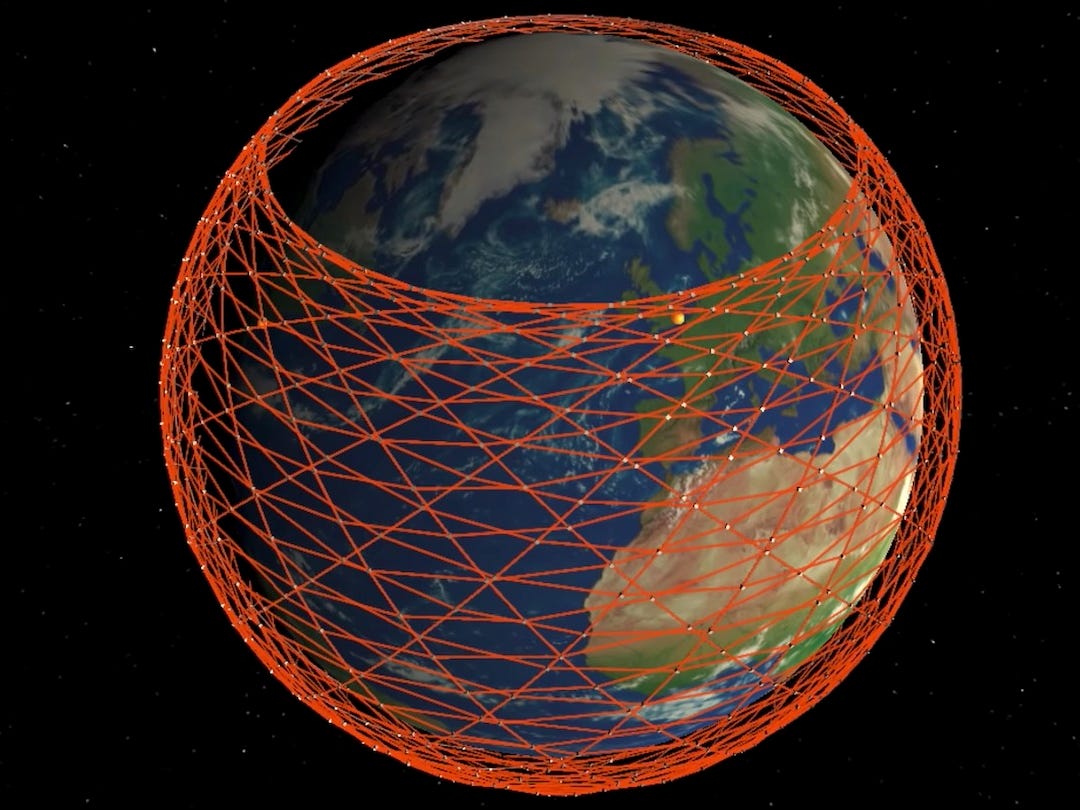Researchers at NVIDIA, an American technology company that specializes in computer hardware such as chipsets and graphic cards, recently announced a new video streaming platform for developers called NVIDIA Maxine. This new platform will enable video-conference providers to implement new AI-powered features into their existing streaming platforms (NVIDIA, 2020). While this does not seem to be exciting news at first glance, something about NVIDIA Maxine is different: it claims it can help solve some of the most common issues we encounter while making video calls, and might enable millions of people without access to a high quality internet connection to start making video calls themselves (Vincent, 2020).
Since the emergence of the novel Coronavirus, the usage of video conference calling has increased exponentially among all segments of society. This contributed to the fact that the internet, which has seen a significant increase in usage in these last couple of months, has come under huge strain. While internet service providers still seem to have enough capacity to manage this high demand for internet right now, it is uncertain if they can cope with this scale of increased traffic over a longer period of time (Browne, 2020). To combat this problem, high bandwidth using services such as Netflix and YouTube committed to start decreasing bandwidth usage of its users, by reducing streaming quality (Alexander, 2020). While in the short run, these initiatives help decrease bandwidth usage, long term solutions for all types of video streaming might be necessary to keep up with the ever-increasing demand for speedy and high-quality internet.
The development team at NVIDIA might just found a solution that could help reduce bandwidth for video calls specifically, while retaining a high-quality picture that users expect. As opposed to sending data of every pixel, from every frame of a video stream to the receiving end of a video call, the AI system makes an initial analysis about some of the key features of the video call such as the individual features of someone’s face. Using this information, the AI system can re-animate someone’s face and facial expressions on the receiving device that is being videocalled, while only using a minimal amount of data transfer compared to a full frame by frame data stream (NVIDIA, 2020). The re-animating part is done by the NVIDIA Maxine platform in the cloud; thus users are less dependent on device capabilities they use to make the video calls.
This innovation has the potential to drastically decrease the bandwidth that is necessary to make quality video calls. NVIDIA estimates that using this system may decrease bandwidth requirements for video calls up to 90% (NVIDIA, 2020). This can be beneficial to both streaming platforms and consumers, as platforms can reduce their costs due to lower capacity needs, and consumers can enjoy high quality video calls without the need for a high bandwidth internet connection. Moreover, these low bandwidth requirements have the potential to enable people in developing countries or rural areas with limited access to a high bandwidth internet connection to start video calling, and can have a massive impact on the demand for these streaming and conference calling services in these countries in the near future.
It remains to be seen how NVIDIA will further develop and implement this recent innovation. However, when deemed successful, it could transform our current way of video calling into an experience where the video stream of the people you are talking to, is mostly generated by AI. It will be interesting to see how consumers will react to this type of innovation, as it remains unclear if these consumers actually want to use a service that shows a video stream of their colleagues, family and friends that is largely generated by artificial intelligence.
Sources
(NVIDIA, 2020) NVIDIA Announces Cloud-AI Video-Streaming Platform to Better Connect Millions Working and Studying Remotely. [online] Available at: https://nvidianews.nvidia.com/news/nvidia-announces-cloud-ai-video-streaming-platform-to-better-connect-millions-working-and-studying-remotely [accessed 7 October 2020].
(Browne, 2020) The internet is under huge strain because of the coronavirus. Experts say it can cope — for now. [online] Available at: https://www.cnbc.com/2020/03/27/coronavirus-can-the-internet-handle-unprecedented-surge-in-traffic.html [accessed 7 October 2020].
(Alexander, 2020) The entire world is streaming more than ever — and it’s straining the internet. [online] Available at: https://www.theverge.com/2020/3/27/21195358/streaming-netflix-disney-hbo-now-youtube-twitch-amazon-prime-video-coronavirus-broadband-network [accessed 7 October 2020].
(NVIDIA, 2020) NVIDIA MAXINE, Cloud-AI Video-Streaming Platform. [online] Available at: https://developer.nvidia.com/maxine [accessed 7 October 2020].
(Vincent, 2020) Nvidia says its AI can fix some of the biggest problems in video calls. [online] Available at: https://www.theverge.com/2020/10/5/21502003/nvidia-ai-videoconferencing-maxine-platform-face-gaze-alignment-gans-compression-resolution [accessed 7 October 2020].


